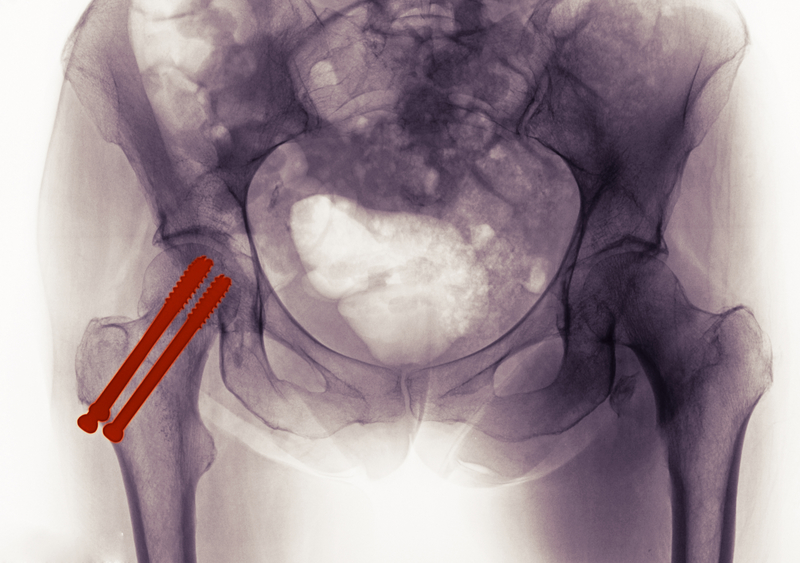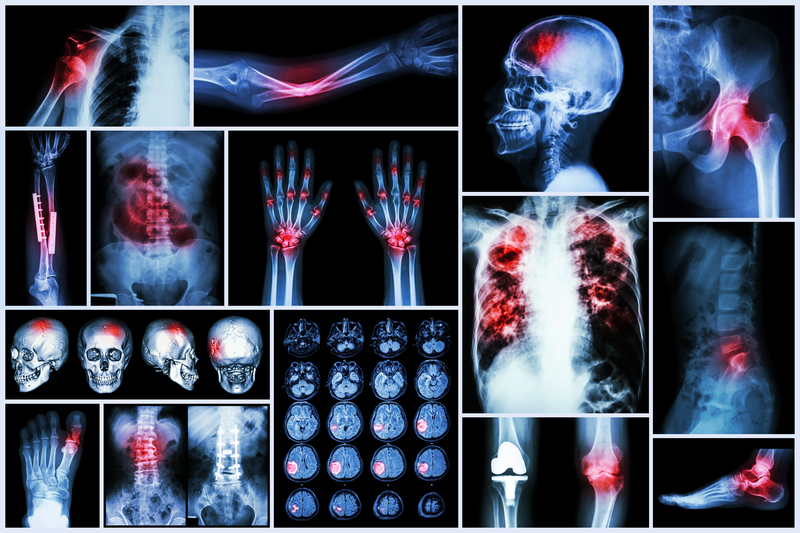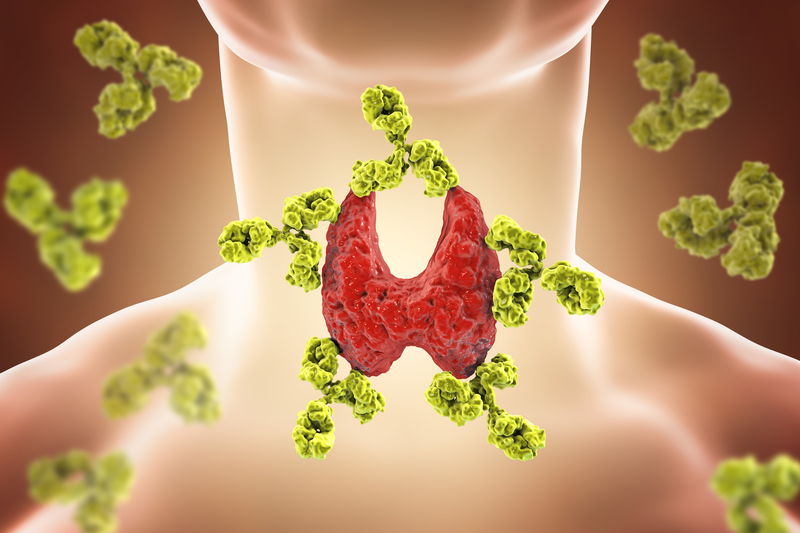
Nov 11, 2013 | Hip Fracture
Overall, we found no association between chronic fluoride exposure and the occurrence of hip fracture. The risk estimates did not change in analyses restricted to only low-trauma osteoporotic hip fractures. Chronic fluoride exposure from drinking water does not seem...

Nov 11, 2011 | Osteosarcoma
Results: We found no sex-specific statistical differences in the national incidence rates in the younger groups (5–9, 10–14), although 15–19 males were at higher risk to osteosarcoma than females in the same age group (p < 0.001). Sex and age group specific...

May 10, 2011 | Osteosarcoma
The association between fluoride and risk for osteosarcoma is controversial. The purpose of this study was to determine if bone fluoride levels are higher in individuals with osteosarcoma. Incident cases of osteosarcoma (N = 137) and tumor controls (N = 51) were...

Mar 24, 2011 | Osteosarcoma
The incidence of osteosarcoma in Northern Ireland was compared with that in the Republic of Ireland to establish if differences in incidence between the two regions could be related to their different drinking water fluoridation policies. Data from the Northern...

Nov 23, 2010 | Bone Fracture
Many decades of epidemiological studies have shown minimal evidence of any effects of fluoride administration on bone, and it is therefore very unlikely that municipally fluoridated water affects adults with healthy bone. In this study, no effects of fluoride on...







